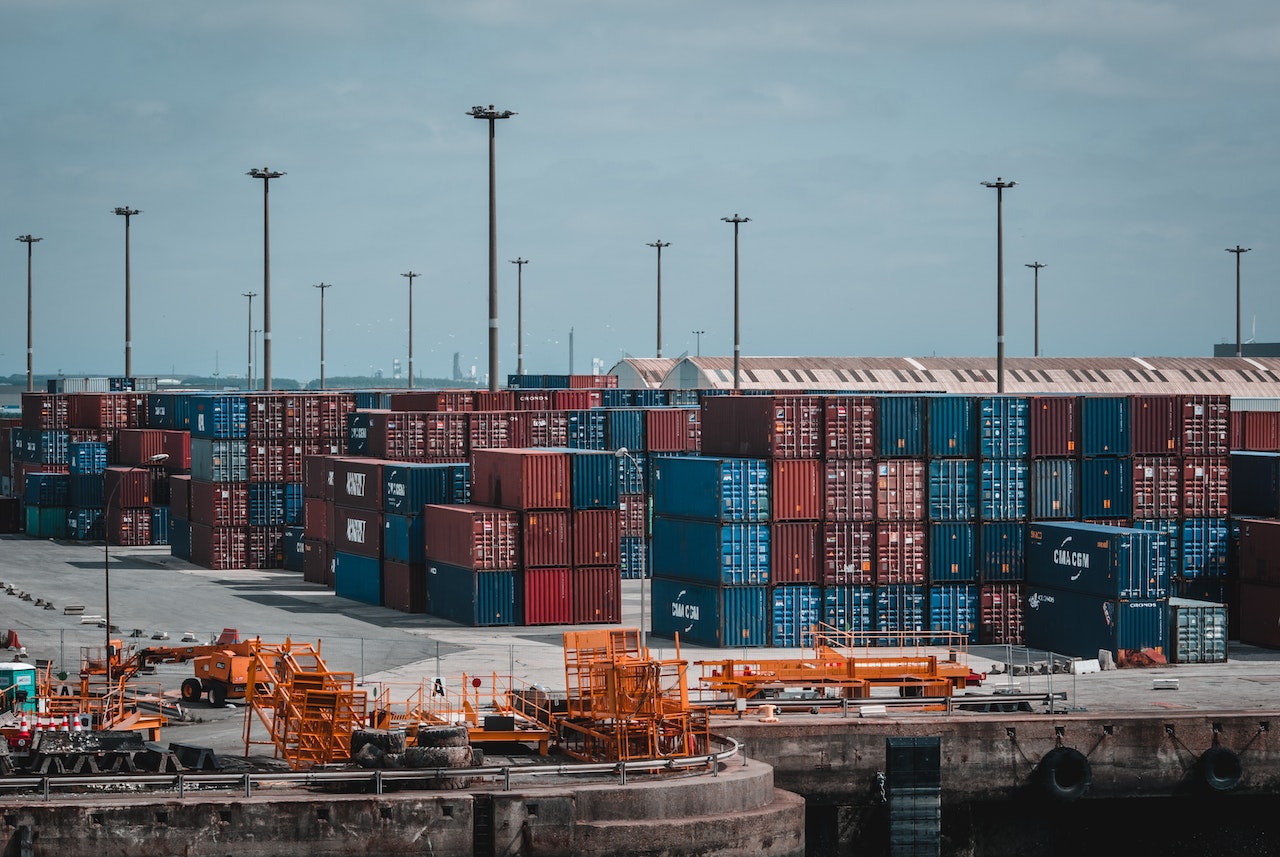One of the main reasons for complications in container transport is the associated charges under several heads that are volatile and keep increasing. Unfortunately, given how the shipping industry operates, shippers cannot exercise too much control over the costs and charges, save a few. With shipping costs contributing to global inflation, you should know the various charges you may have to pay and whether you can do anything to reduce them.
Container Changes Levied by the Port
Even if highly-automated ports do not need much labor, the terminals need efficient management by salaried staff, expensive assets, and associated maintenance, as well as pay rates and taxes. Shippers need to pay various charges to the port to cover these costs and enable the port to be profitable. Some typical port charges include:
Terminal handling charges: These are fees shippers pay for cargo loading and unloading. You have to pay these charges at the port of origin, transshipment, and destination. The cost of handling varies from one port to another because each terminal uses different equipment to handle different types of cargo.
Goods dues: It is a fee charged for all goods loaded, unloaded, or transshipped at any port. The nature, weight, and volume of the cargo determine the rates.
Container storage fee: Every port allows shippers a specified number of days to remove the containers from its premises free of cost, after which they will need to pay for storage. You can avoid this cost by planning and removing your containers within the free period. An advanced all cargo tracking solution can help you plan appropriately in case of delay or likely to arrive earlier.
Shipping Line Charges
In addition to the charges levied by ports, shipping lines and carriers charge customers in several ways.
Emergency bunker surcharge: If the fuel prices rise more than anticipated, carriers charge this fee. The carrier decides the amount, which can vary according to the price rise, and you have no other option but to pay.
Low sulfur fuel surcharge: The international maritime organization (IMO) limits the amount of sulfur a ship can emit. According to Shipping and Freight Resource, shipping lines impose the surcharge to compensate the cost of complying with the applicable rules instituted by IMO. Low Sulphur Fuel Surcharge (LSFS) has other names like Green Fuel Surcharge (GFS)and Emission Control Area Surcharge (ECAS).
Peak season surcharge: Shipping lines levy this surcharge for shipping during peak periods, which are usually around the Chinese New Year and the period before the holiday season in the west. By planning to avoid shipping during these times, you can ship more economically.
Detention charges: If you cannot return the empty containers after taking delivery within the free period allowed, you need to pay detention charges on a daily basis to the container’s owner. Using Shipper Owned Containers (SOCs) can help you avoid this charge.
Conclusion
As is evident, shippers often have to pay several charges over and above the basic container transportation charge. You cannot avoid most of the charges, but if you use a large number of containers you can bargain for better rates from the freight forwarder or the shipping line.


